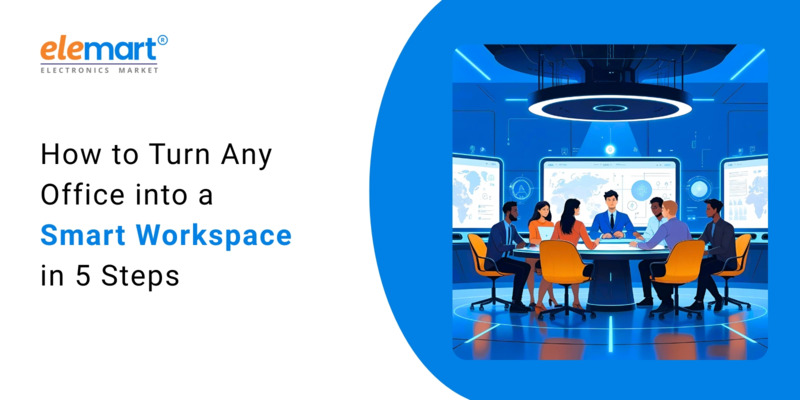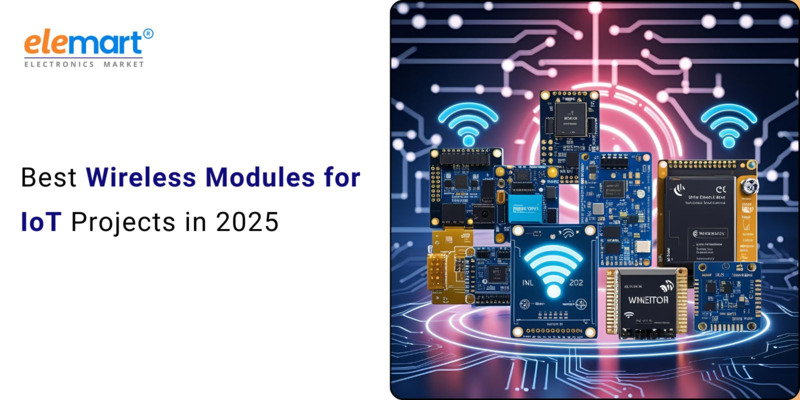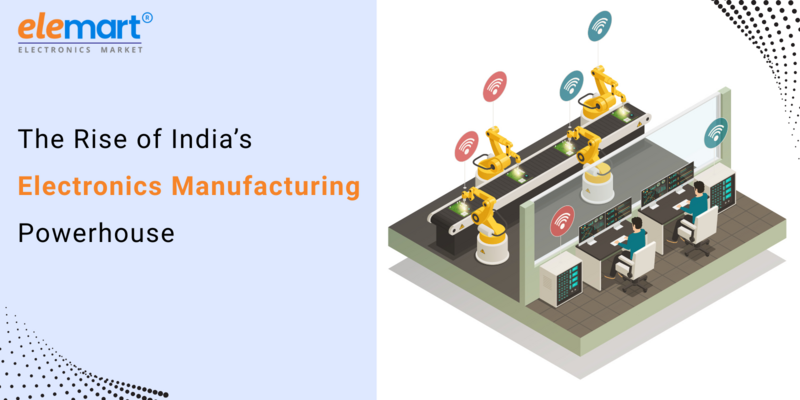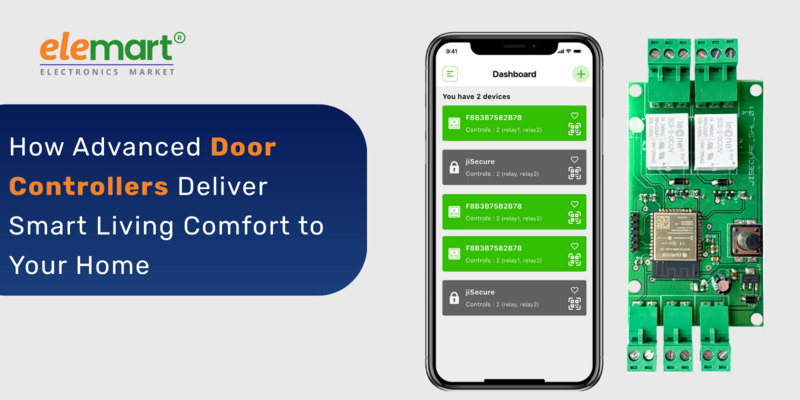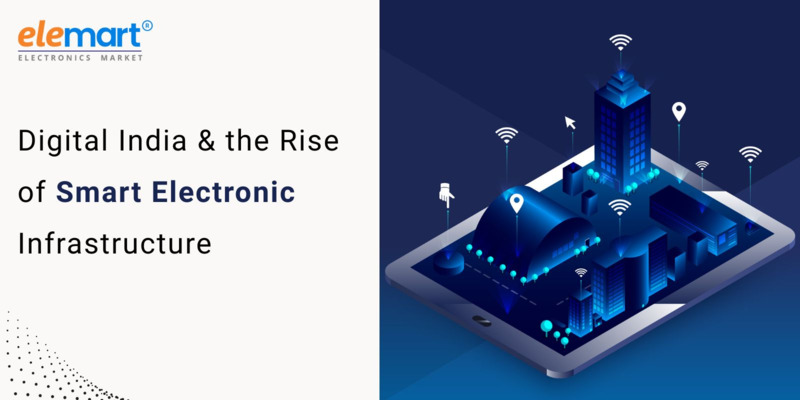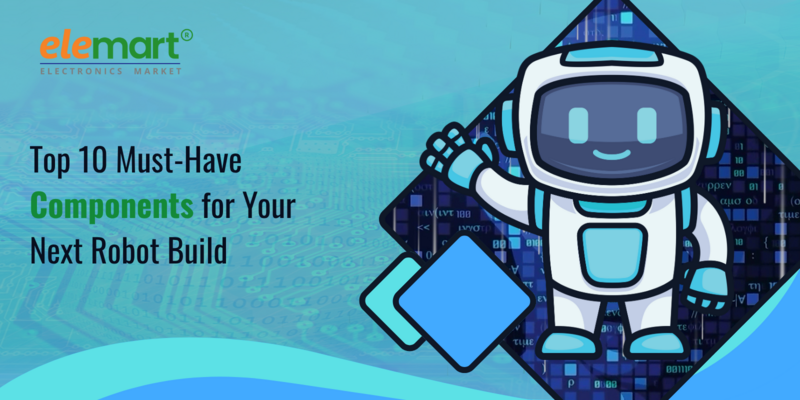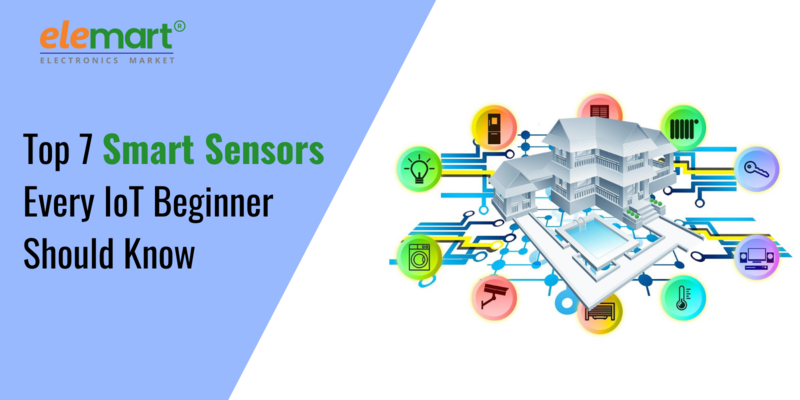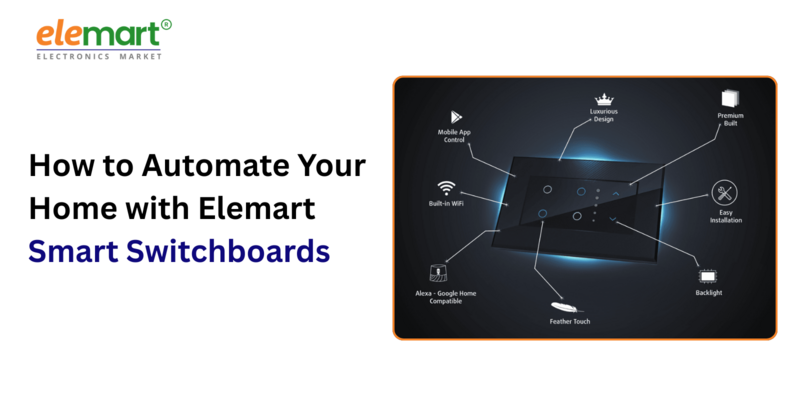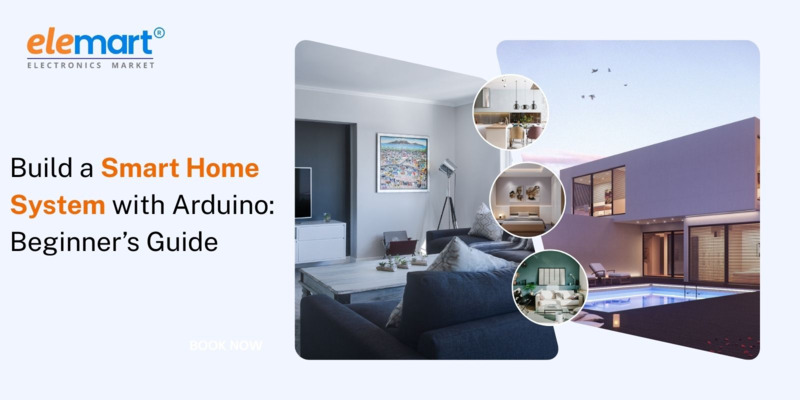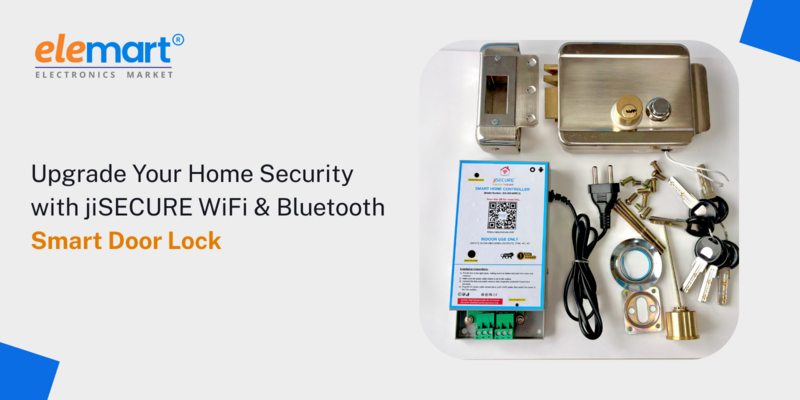- Jul 22, 2025
- Smart Home
- 498
Share this post on:
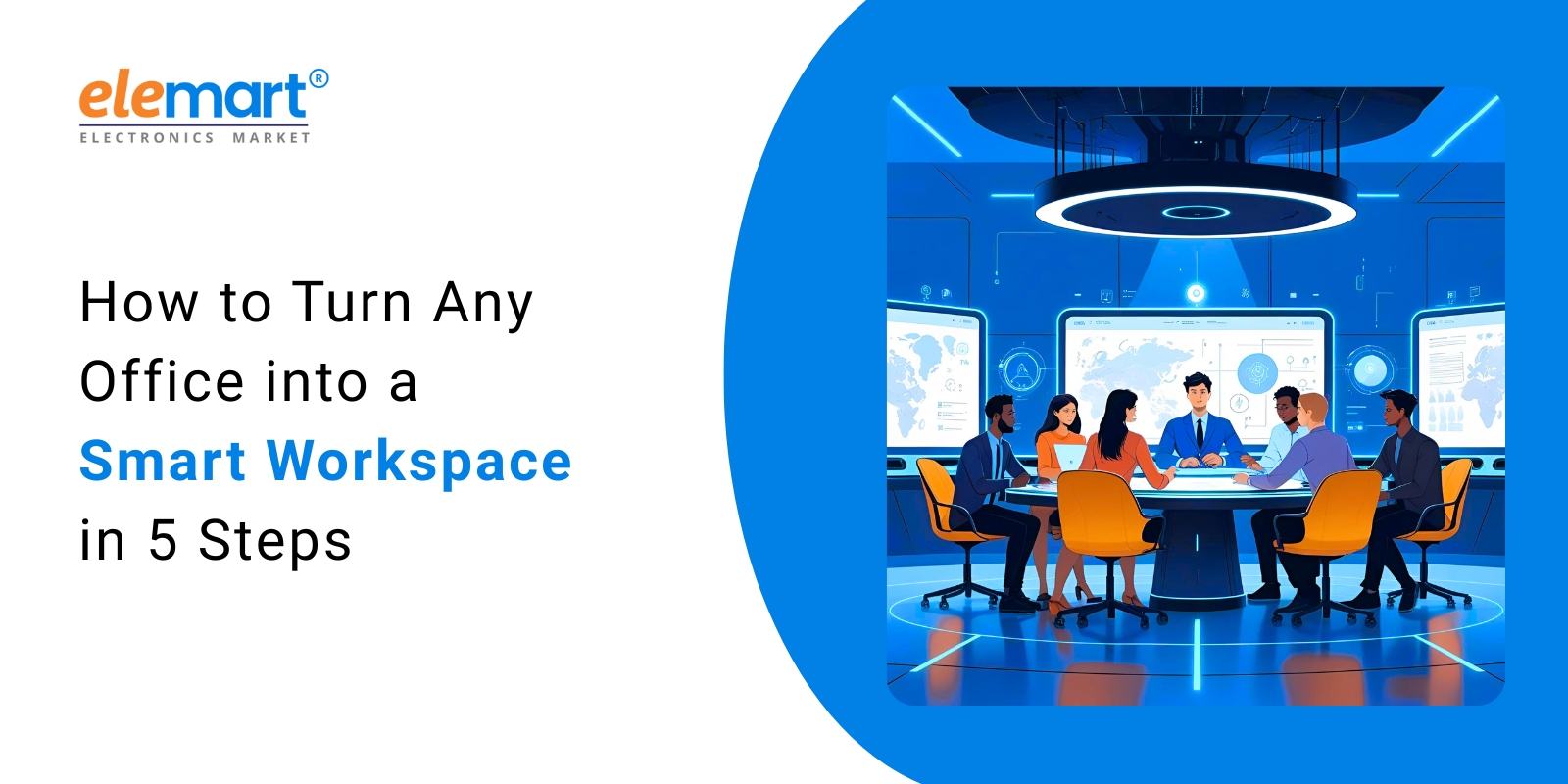
In today's fast-paced business environment, having a smart workspace is no longer a luxury but a necessity. A smart office not only boosts productivity and efficiency but also enhances employee satisfaction and engagement. However, transforming an existing office into a cutting-edge workspace can be a daunting task, especially for those who are new to the concept of smart offices.
In this blog post, we will guide you through five practical steps to turn any office into a smart workspace. From assessing your current setup to integrating advanced technologies, we'll cover everything you need to know to create a modern and efficient workplace.
Step 1: Assess Your Current Office Setup
Before diving into the world of smart offices, it's essential to evaluate your existing infrastructure. Take stock of your office layout, including the number of workstations, meeting rooms, break areas, and storage spaces. Consider the following aspects:
- Space Utilization: How are your employees using the space? Are there any unused or underutilized areas?
- Technology Infrastructure: What type of devices and software do you currently use? Are they outdated or in need of an upgrade?
- Lighting and Temperature Control: Do you have adequate lighting, heating, and cooling systems in place?
Understanding your current setup will help you identify areas for improvement and determine the best course of action to take.
Step 2: Implement IoT Devices and Sensors
IoT (Internet of Things) devices and sensors can greatly enhance the functionality of your office. These devices can be integrated into various aspects of your workspace, such as:
- Lighting Systems: Install smart lighting systems that can adjust brightness based on natural light availability, time of day, or occupancy.
- Temperature Control: Use thermostats that can learn and adapt to the preferences of individual employees or groups.
- Air Quality Monitoring: Implement sensors to detect indoor air quality and notify you when maintenance is required.
These devices will not only improve employee comfort but also help reduce energy consumption and costs.
Step 3: Leverage Cloud-Based Solutions
Cloud-based solutions are an excellent way to upgrade your office technology without the need for extensive hardware upgrades. Consider implementing cloud-based:
- Productivity Software: Upgrade to cloud-based productivity software, such as Google Workspace or Microsoft Office 365, which offer real-time collaboration features and automatic updates.
- Communication Tools: Implement cloud-based communication platforms, like Slack or Microsoft Teams, which enable seamless team collaboration and reduce email clutter.
- Cybersecurity Measures: Use cloud-based security solutions to protect your data from cyber threats and ensure compliance with industry regulations.
By adopting cloud-based solutions, you can streamline processes, enhance collaboration, and improve overall efficiency.
Step 4: Incorporate Advanced Visual Displays
A smart office is not complete without advanced visual displays. Consider integrating:
- Interactive Whiteboards: Install interactive whiteboards that allow employees to brainstorm, collaborate, and present ideas in real-time.
- Digital Signage: Use digital signage systems to display important information, such as company news, announcements, or meeting schedules.
- Video Conferencing Tools: Implement high-definition video conferencing tools for seamless remote communication.
These visual displays will not only enhance collaboration but also improve employee engagement and reduce the need for in-person meetings.
Step 5: Integrate Artificial Intelligence (AI) and Machine Learning (ML)
The final step is to integrate AI and ML into your smart office. Consider implementing:
- Predictive Analytics: Use predictive analytics tools to forecast energy consumption, optimize resource allocation, or identify areas of improvement.
- Personalized Recommendations: Implement personalized recommendation systems that suggest optimal workspaces, meeting times, or collaboration opportunities based on employee preferences.
- Automated Task Management: Use AI-powered task management tools to automate routine tasks, such as scheduling meetings or setting reminders.
By integrating AI and ML into your smart office, you can create a truly futuristic workspace where employees can focus on high-value tasks while the technology handles mundane responsibilities.
Conclusion
Transforming an existing office into a smart workspace is achievable with careful planning and execution. By following these five steps, you can create a modern and efficient workplace that boosts productivity, enhances employee satisfaction, and sets your business up for success in today's fast-paced digital landscape.
As the world continues to evolve, it's essential to stay ahead of the curve and adapt to new technologies and innovations. By embracing smart office solutions, you'll be well on your way to creating a workspace that is not only functional but also enjoyable and stimulating for your employees.

